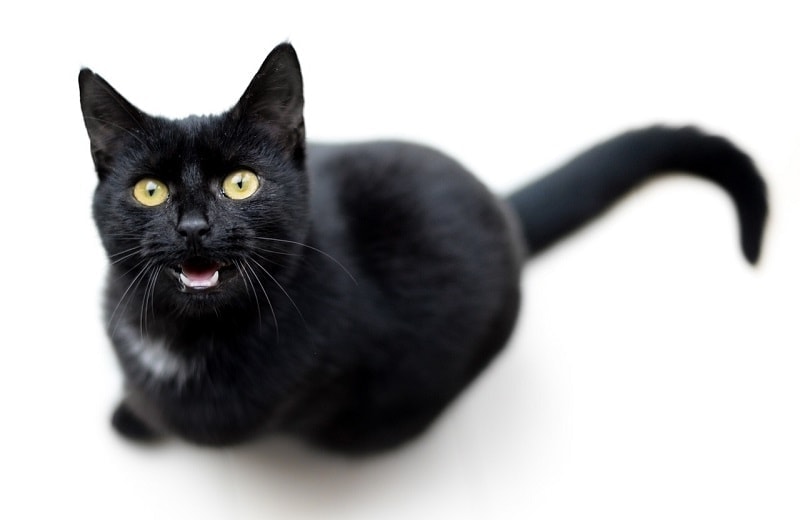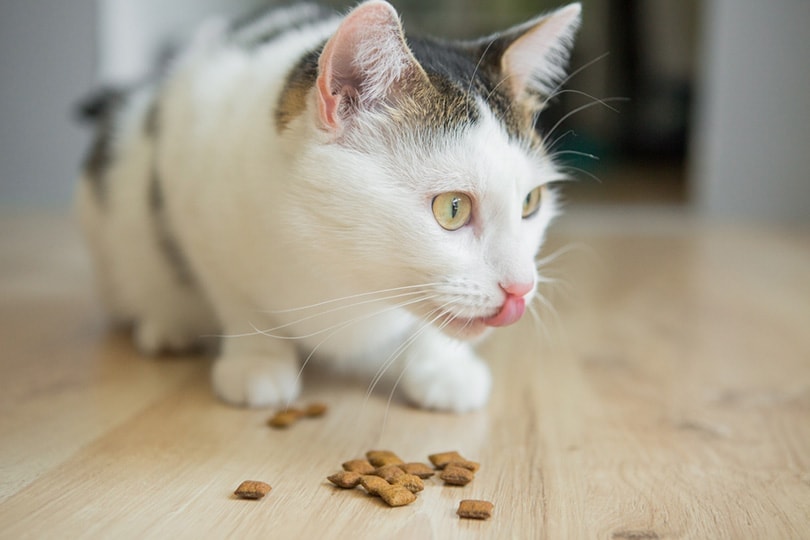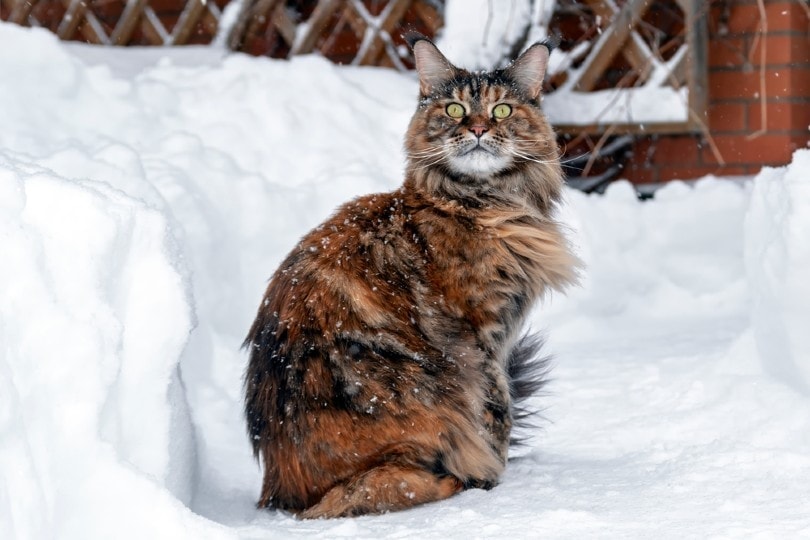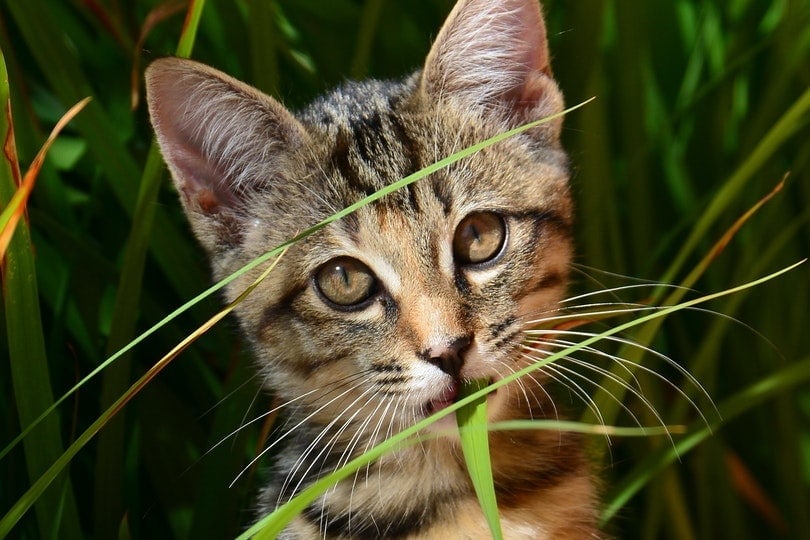Do you have a cat that likes to talk with you? Are they extremely vocal, always letting you know when they feel that something is wrong or if you are doing something that they don’t appreciate? It turns out that cats do not meow to communicate with their fellow felines. Instead, they only use this verbal language to talk to humans.
If your cat is trying to get something across to you, the polite thing to do is to listen and understand them. Although it can seem confusing or frustrating at first, learning what your cat means when they try to talk with you is possible. Try these steps to learn what your cat is trying to tell or ask you.
1. Observe Your Cat Carefully.
It is best to start this process with an open mind and open eyes. Watch your cat carefully. They don’t have only one way of communicating. They don’t meow to tell other cats what is going on. Instead, they use a combination of body language and small sounds to speak to the animal world around them.
It seems to some researchers and scientists that cats have intuitively learned to communicate with us verbally because that is how they see us communicate with each other. Our primary method of communication takes place through spoken word.
Many of us have fallen out of touch with the idea of reading someone’s body language. Interestingly, those considered most adept in social situations don’t wield the spoken word well, but they can read someone’s body language and quickly respond appropriately.
When it comes to animals, it is often the most useful to learn their body language. But since cats are going to the effort to communicate with us verbally, we should attempt to translate that too.
2. Listen.
Start by listening. When your cat begins to meow, listen for intonation, frequency, and pitch. This way, you can begin to decipher subtle changes in the way that they speak to you.
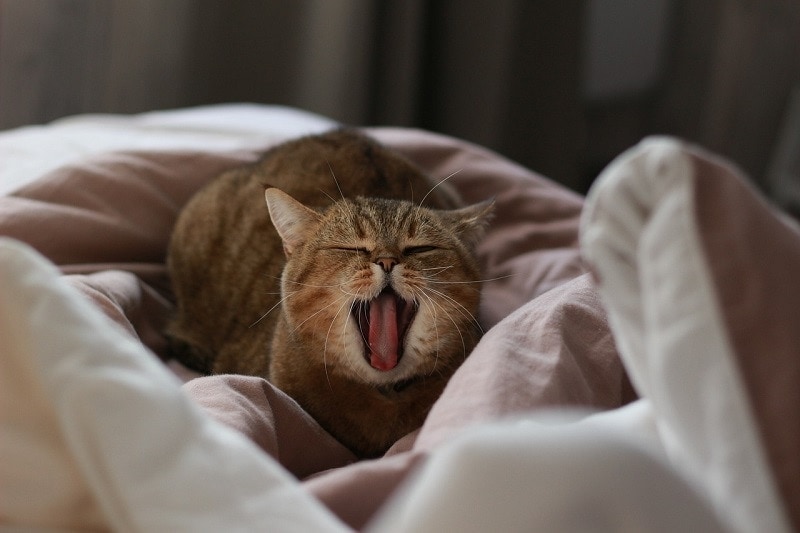
Vocalizations
- Meowing is a vocalization that your cat uses to tell you just about anything. Just like certain kinds of baking flour, this sound is “all-purpose.” They use a meow to greet you, to announce an emotion or an objection, or as a method of giving you a command. Interestingly, some cats will meow to themselves when they don’t realize that there are others around. Researchers are not sure exactly what this means yet.
- Purring has an obvious meaning to almost anyone who has spent time around a cat. It denotes a sign of contentment. The cat is happy or relaxed. They might also purr to comfort themselves if they get anxious.
- A howl or a yowl means that your cat is either deeply irritated with something or that they are distressed. They might be trapped in a closet or in pain.
- Chirps are often a sound that mothers make to get their kitten’s attention. This sound is one of the few that cats use to communicate between themselves.
A cat’s meow has many different meanings and should get extra attention if you want to know precisely what they are trying to say. Often, cats will have different “meows” of a greeting than they will if they are demanding food. Notice what they sound like in these various situations.
3. Watch.
The next step in deciphering cat language is to observe them. They typically communicate with body language and often pair their vocalizations with the movements that come naturally to them.
Body Language
- Ears are an expressive part of a cat’s body. If the ears are forward or swiveling around, they are alert and actively listening. They could also be getting ready to run or pounce.
- Another ear movement that speaks volumes is when the ears are back, meaning the cat feels irritated or threatened. If they are lying flat against their head, then they are angry or feeling frightened. They could scratch or bite if approached in this mood.
- Tails are another expressive part of their body. When their tail is high and smoothly waving in the air, they are happy and relaxed.
- When a tail is low, they are feeling threatened or are mad. If their tail begins to bristle, then watch out. They are feeling afraid and might become aggressive.
- Another sign of aggressive body language is an arched back.
- Kneading is a movement that kittens do to their mothers when they felt safe and secure. In an adult cat, it translates to a relaxed attitude.
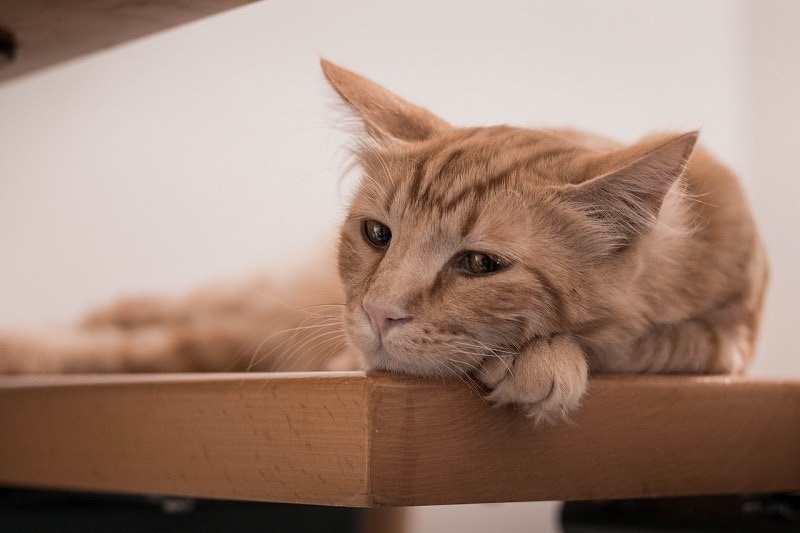
There are plenty of other subtle nuances in the way that a cat walks and talks. The best way to figure them out is to pay them special attention, noting how your cat moves and vocalizes as they go through their day.
4. Learn What Their Emotions Look and Sound Like.
As you begin to get in touch with your inner feline, you will be able to pick up on your cat’s attitudes much faster. If you are curious about what to look for when they are expressing certain emotions, see what cues they give when they feel a certain way. Just remember, every cat is different and will communicate in slightly different ways.
Affection
When a cat is trying to show you affection, they blink. For felines, slowly blinking is like getting a wink from someone. If you want to try this out, blink slowly at your cat and see if they answer back with a blink. They might also show you affection by licking or grooming you.
Conversely, the rubbing that they do against our legs and faces is not a method of showing affection, but rather possessiveness.
Related Read: How to Get Your Cat to Play
Happy
There are plenty of ways that your cat will tell you they are happy. They will begin to purr or make subtle chirps at you without appearing to want anything. Less vocal cats communicate it with their body language. A tail held high in the air means that they are excited and happy, especially if they do it when you walk in the door.
Calling Your Attention
If this wasn’t already apparent to you, your cat meows at you to get your attention. They will often do this if they want to be let out outside or if they want food. If they enjoy receiving pets or cuddles, then they could also be asking for general attention.
Content
The most obvious way to tell if a cat is content is to listen for purring. They are feeling relaxed, happy, and content when they purr. You can also tell this from their ears. When they are up but held slightly to the side, they are in the most relaxed position for a cat. If their whiskers are out to the side, that also says that they are pretty relaxed.
On the Hunt
If your cat starts to chatter, then it might be making the sound to say that they have spotted potential prey. You will most often notice this if they are sitting on a windowsill and have caught sight of another animal. If they are close to the other creature without a glass barrier, they will express this by getting close to the ground and stalking toward it.
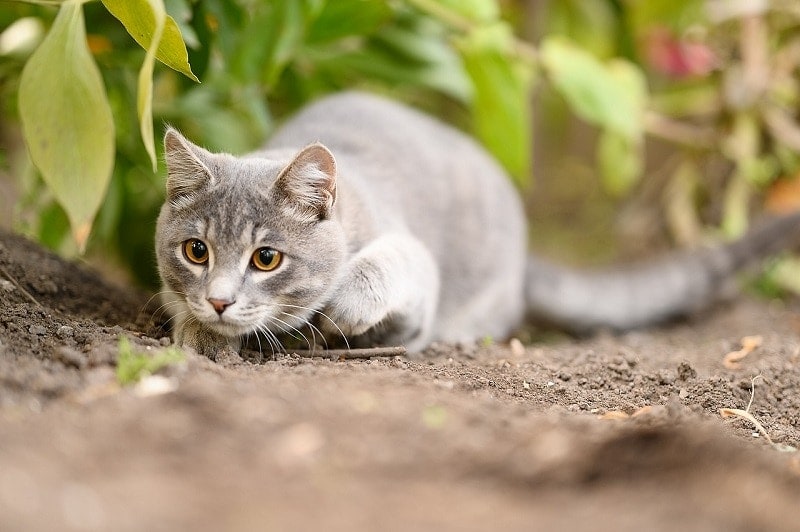
Threatened
A cat might show that they feel threatened by lowering their tail or whipping it aggressively back and forth. They will often hiss and might even growl to tell you that they are not happy at all with what is happening. Watch out in these cases because they might be telling you that they are about to become aggressive.
Upset or Scared
When a cat goes from threatened to scared, they will have slightly different ways of expressing this. They will pull their whiskers and ears backward. The cat will also hiss and become erratic and skittish.
Annoyed or Mad
A cat that is getting annoyed might not feel threatened by anything, just irritated with something around them. Their tales will either start to whip back and forth or will lay down limply.
Trust
As is the case for many animals, laying down in front of you is meant to show you that your cat trusts you. They may expose their stomach, which puts them in an incredibly vulnerable position. It doesn’t necessarily mean that they want their bellies rubbed, just that they want you to know that they feel comfortable with you. You have now become of their pack.
Possessiveness
It seems fitting for a cat to express possessiveness toward a human since they are often the rulers of a household. When they rub their cheek against your legs, clothes, or face, they are not doing so to show you affection. They have scent glands in their cheeks, and when they rub against you, they mark you with their scent.
Related Read: How to Stop a Cat From Meowing (7 Proven Methods)
Conclusion
Although it might take time to learn exactly what your cat is trying to tell you, working at it can often strengthen your bond. It makes them feel more comfortable with you when you respond according to what they are trying to tell you. In the end, it makes for a happy kitty and a less confused owner.
Image Credit: Skitterphoto, Pixabay

